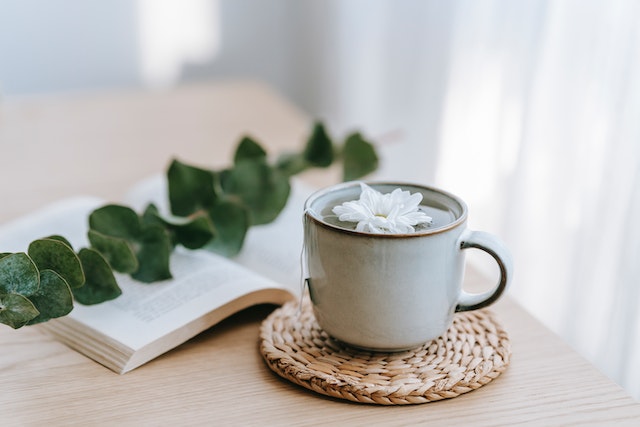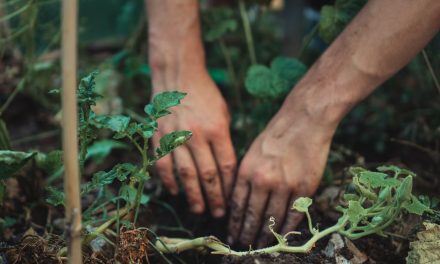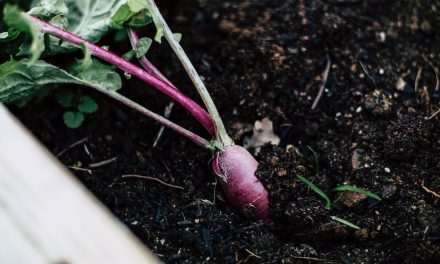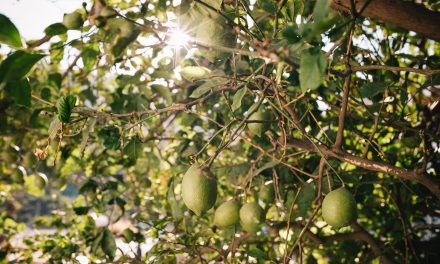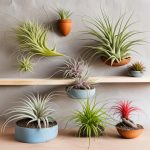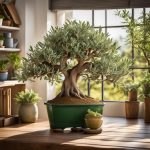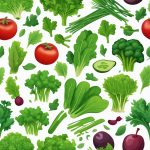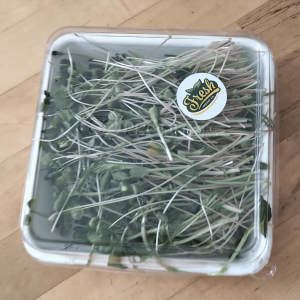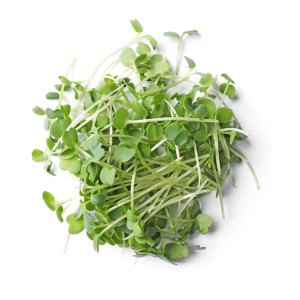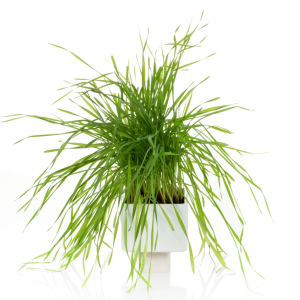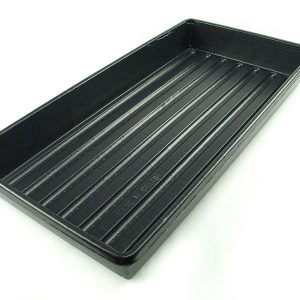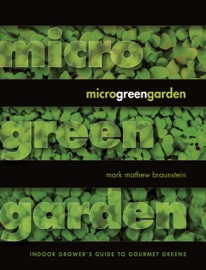Flower teas, also known as blooming teas or floral tisanes, have a long history steeped in tradition and elegance. Originating from Asia and spreading to various parts of the world, they are appreciated for their delicate aromas, subtle flavors, and impressive health benefits. From calming chamomile to aromatic jasmine, there’s a floral tea to suit everyone’s taste. This article will guide you through the enchanting journey of making tea with flowers, starting from the selection and preparation of ingredients to brewing the perfect cup.
Choosing Your Flowers
The first step to making flower tea is choosing the right flowers. Some popular choices include chamomile, hibiscus, jasmine, rose, and lavender, each offering unique flavor profiles and health benefits. For instance, chamomile is known for its calming properties while hibiscus contributes to lower blood pressure. Ensure the flowers you use are edible and haven’t been treated with pesticides.
Moreover, consider the source of your flowers. They can be freshly picked, dried, or bought from a store. If you’re picking fresh flowers, do so early in the morning when their aroma and flavors are most potent.
Preparing the Flowers
Once you’ve chosen your flowers, it’s time for preparation. Fresh flowers should be washed gently under cold water to remove any dirt or bugs. If you’re using dried flowers, a quick rinse will suffice.
Next, separate the petals from the rest of the flower, as stems and leaves may impart a bitter taste. If you’re using store-bought flowers, ensure they are specifically meant for culinary use.
Brewing the Tea
Brewing flower tea is a simple yet delicate process. Bring water to a boil and then allow it to cool slightly. The optimal temperature varies between 80-90°C (176-194°F) to prevent the delicate petals from burning.
Place about one teaspoon of flower petals (or one flower bud for blooming teas) in a teapot. Pour the hot water over the flowers, then let the tea steep. The steeping time varies, but generally, 3-5 minutes is recommended for a lighter flavor, while 5-10 minutes results in a stronger infusion.
Savoring Your Floral Tea
 Savoring floral tea is as much about the experience as it is about the taste. As you pour your tea into a clear glass or cup, admire the beautiful hues ranging from pale yellow to deep red, depending on the flowers used. The tea should be aromatic, releasing the delicate, characteristic fragrance of the flower.
Savoring floral tea is as much about the experience as it is about the taste. As you pour your tea into a clear glass or cup, admire the beautiful hues ranging from pale yellow to deep red, depending on the flowers used. The tea should be aromatic, releasing the delicate, characteristic fragrance of the flower.
Taste the tea before adding any sweeteners, as floral teas often have a natural sweetness. If you prefer a sweeter drink, a small spoonful of honey works well.
Health Benefits
Flower teas are not only a sensory delight but also a boon to health. They are packed with antioxidants, vitamins, and minerals. Depending on the flowers used, they can have calming, detoxifying, or immune-boosting effects.
For instance, chamomile tea is known for its soothing properties, aiding sleep and digestion. Hibiscus tea is rich in vitamin C and can help lower blood pressure. Jasmine tea may help reduce stress and improve heart health.
In conclusion, making tea with flowers is a tranquil and rewarding experience, steeped in tradition and elegance. It is about appreciating nature’s bounty and slowing down to enjoy life’s simple pleasures. By selecting high-quality flowers, preparing them with care, and brewing with attention to detail, you can create a beautiful, healthful beverage that nurtures both body and soul.
Serving and Storing Flower Tea
Flower teas are best enjoyed fresh, but if you have leftovers, you can store them in the refrigerator for a few days. Chilled flower tea can make a refreshing iced tea for hot summer days. Just remember to store your tea in a well-sealed container to maintain its aroma and taste.
If you’ve prepared dried flower tea in bulk, it should be stored in a cool, dark place in an airtight container. This way, it can last for up to a year. Remember, though, that over time, the tea may gradually lose its flavor and potency.
In terms of serving, flower teas can make a beautiful centerpiece for a gathering or a thoughtful gift when packaged attractively. Paired with a note about the tea’s origin, flavor profile, and brewing instructions, it makes a personal and unique gift.
Beyond the Traditional Brew
While we’ve primarily talked about brewing flower teas hot, the same flowers can often be used to create wonderfully refreshing iced teas, perfect for warmer days. Consider adding a touch of lemon juice or a few fresh mint leaves before chilling for an extra zing.
You can also use flower tea as a base for other beverages. For example, hibiscus or rose tea can make an exciting addition to cocktails, or chamomile tea can be used in a soothing night-time milk infusion.
In essence, the art of making tea with flowers is a practice of mindfulness. From the careful selection of flowers to the patient steeping, each step offers a moment of peace and reflection. As you sip your floral brew, you’re participating in a tradition that’s as old as history and as broad as the world. So, take a moment to savor the experience. After all, isn’t enjoying the beauty and subtlety of life’s simple pleasures what tea time is all about?

